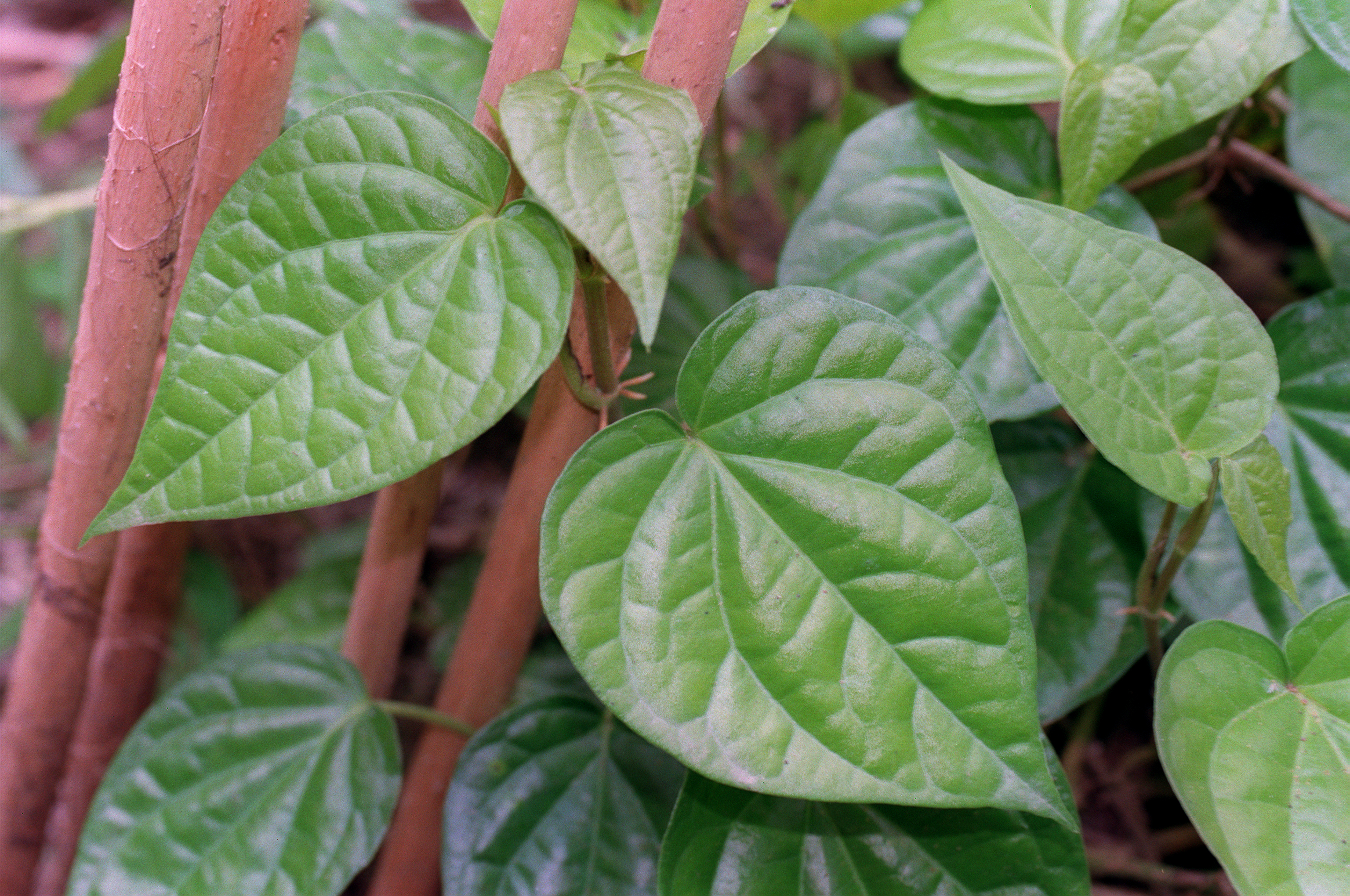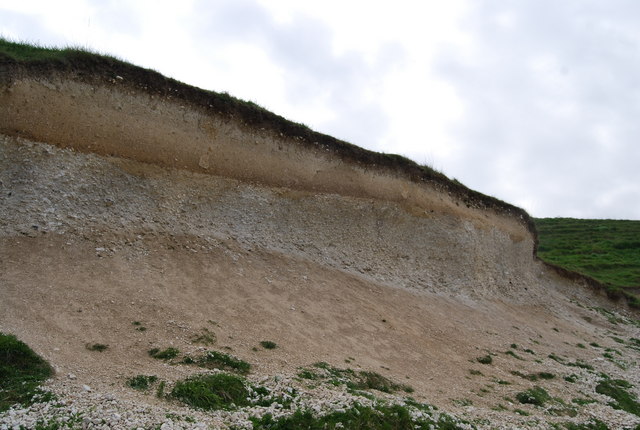|
Clematis Versicolor
''Clematis versicolor'' (pale leatherflower) is a species of flowering plant in the Ranunculaceae, Buttercup family. It is a twining vine native to the Southeastern United States and Ozark Mountains. In this range it is found in scattered calcareous regions, where it is found on limestone outcrops, in thickets, and dry woods. It flowers in the summer. It is separated from similar-looking species by its white-waxy, generally hairless, leathery leaves, and its lavender to cream colored flowers. References {{Taxonbar, from=Q15369316 Clematis, versicolor ... [...More Info...] [...Related Items...] OR: [Wikipedia] [Google] [Baidu] |
John Kunkel Small
John Kunkel Small (January 31, 1869 – January 20, 1938) was an American botanist. Born on January 31, 1869, in Harrisburg Pennsylvania, Kunkel studied botany at Franklin & Marshall College and Columbia University. He was the first Curator of Museums at The New York Botanical Garden, a post in which he served from 1898 until 1906. From 1906 to 1934 he was Head Curator and then from 1934 until his death he was Chief Research Associate and Curator. Small's doctoral dissertation, published as ''Flora of the Southeastern United States Flora is all the plant life present in a particular region or time, generally the naturally occurring (indigenous) native plants. Sometimes bacteria and fungi are also referred to as flora, as in the terms ''gut flora'' or '' skin flora''. Et ...'' in 1903, anrevised in 1913and 1933, remains the best floristic reference for much of the South. Assisted by the patronage of Charles Deering, Small traveled extensively around Florida recording p ... [...More Info...] [...Related Items...] OR: [Wikipedia] [Google] [Baidu] |
Ranunculaceae
Ranunculaceae (buttercup or crowfoot family; Latin "little frog", from "frog") is a family of over 2,000 known species of flowering plants in 43 genera, distributed worldwide. The largest genera are '' Ranunculus'' (600 species), '' Delphinium'' (365), '' Thalictrum'' (330), '' Clematis'' (325), and '' Aconitum'' (300). Description Ranunculaceae are mostly herbaceous annuals or perennials, but some are woody climbers (such as '' Clematis'') or shrubs (e.g. '' Xanthorhiza''). Most members of the family have bisexual flowers which can be showy or inconspicuous. Flowers are solitary, but are also found aggregated in cymes, panicles, or spikes. The flowers are usually radially symmetrical but are also found to be bilaterally symmetrical in the genera '' Aconitum'' and '' Delphinium''. The sepals, petals, stamens and carpels are all generally free (not fused), the outer flower segments typically number four or five. The outer stamens may be modified to produce only nectar ... [...More Info...] [...Related Items...] OR: [Wikipedia] [Google] [Baidu] |
Vine
A vine ( Latin ''vīnea'' "grapevine", "vineyard", from ''vīnum'' "wine") is any plant with a growth habit of trailing or scandent (that is, climbing) stems, lianas or runners. The word ''vine'' can also refer to such stems or runners themselves, for instance, when used in wicker work.Jackson; Benjamin; Daydon (1928). ''A Glossary of Botanic Terms with their Derivation and Accent'', 4th ed. London: Gerald Duckworth & Co. In parts of the world, including the British Isles, the term "vine" usually applies exclusively to grapevines ('' Vitis''), while the term "climber" is used for all climbing plants. Growth forms Certain plants always grow as vines, while a few grow as vines only part of the time. For instance, poison ivy and bittersweet can grow as low shrubs when support is not available, but will become vines when support is available. A vine displays a growth form based on very long stems. This has two purposes. A vine may use rock exposures, other plants, or o ... [...More Info...] [...Related Items...] OR: [Wikipedia] [Google] [Baidu] |
Southeastern United States
The Southeastern United States, also referred to as the American Southeast or simply the Southeast, is a geographical region of the United States. It is located broadly on the eastern portion of the southern United States and the southern portion of the eastern United States. It comprises at least a core of states on the lower East Coast of the United States and eastern Gulf Coast. Expansively, it reaches as far north as West Virginia and Maryland (bordered to north by the Ohio River and Mason–Dixon line), and stretching as far west as Arkansas and Louisiana. There is no official U.S. government definition of the region, though various agencies and departments use different definitions. Geography The U.S. Geological Survey considers the Southeast region to be the states of Alabama, Florida, Georgia, Arkansas, Kentucky, Louisiana, Mississippi, North Carolina, South Carolina, and Tennessee, plus Puerto Rico and the United States Virgin Islands. There is no official C ... [...More Info...] [...Related Items...] OR: [Wikipedia] [Google] [Baidu] |
Ozark Mountains
The Ozarks, also known as the Ozark Mountains, Ozark Highlands or Ozark Plateau, is a physiographic region in the U.S. states of Missouri, Arkansas, Oklahoma and the extreme southeastern corner of Kansas. The Ozarks cover a significant portion of northern Arkansas and most of the southern half of Missouri, extending from Interstate 40 in Arkansas, Interstate 40 in central Arkansas to Interstate 70 in Missouri, Interstate 70 in central Missouri. There are two mountain ranges in the Ozarks: the Boston Mountains of Arkansas and the St. Francois Mountains of Missouri. Buffalo Lookout, the highest point in the Ozarks, is located in the Boston Mountains. Geologically, the area is a broad dome (geology), dome with the exposed core in the ancient St. Francois Mountains. The Ozarks cover nearly , making it the most extensive highland region between the Appalachian Mountains, Appalachians and Rocky Mountains, Rockies. Together with the Ouachita Mountains, the area is known as the U.S. I ... [...More Info...] [...Related Items...] OR: [Wikipedia] [Google] [Baidu] |
Calcareous
Calcareous () is an adjective meaning "mostly or partly composed of calcium carbonate", in other words, containing lime or being chalky. The term is used in a wide variety of scientific disciplines. In zoology ''Calcareous'' is used as an adjectival term applied to anatomical structures which are made primarily of calcium carbonate, in animals such as gastropods, i.e., snails, specifically about such structures as the operculum, the clausilium, and the love dart. The term also applies to the calcium carbonate tests of often more or less microscopic Foraminifera. Not all tests are calcareous; diatoms and radiolaria have siliceous tests. The molluscs are calcareous, as are calcareous sponges (Porifera), that have spicules which are made of calcium carbonate. In botany ''Calcareous grassland'' is a form of grassland characteristic of soils containing much calcium carbonate from underlying chalk or limestone rock. In medicine The term is used in pathology, for ... [...More Info...] [...Related Items...] OR: [Wikipedia] [Google] [Baidu] |




